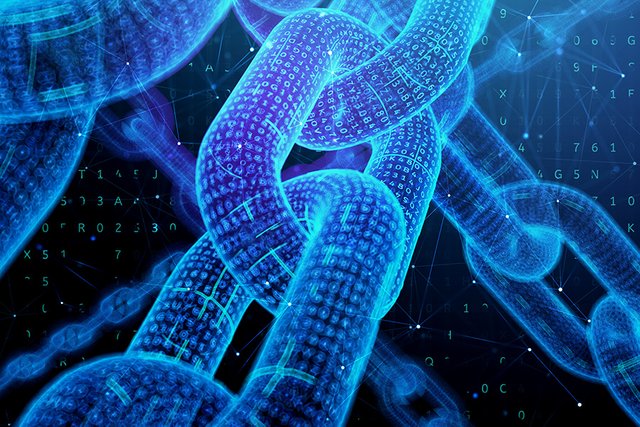Rule everything out with Ignite.info
»¦« Some common information:
It has been decided to design the World's First Transaction Fees-Back Protocol, which will be released in the near future. Ignite Blockchain, which is powered by the Proof-of-Stake consensus process, is a public, permissionless blockchain that is compatible with the Ethereum Virtual Machine (EVM) and operates on the world's most widely used blockchain technology, the Ethereum [blockchain]http://www.ignite.info/) protocol. Given the ability to participate in the Ignite blockchain from any point on the earth, people from all over the world may contribute to the preservation and verification of the record, ensuring that it properly depicts the state of events at the moment it is made or modified.
»¦« The achieved success:
Because we have successfully addressed the trilemma, Ignite Blockchain believes that our consensus mechanism is the best of the Proof-of-Stake (explained below) systems now available on the market. An open, permissionless network can perform more than 2,000 transactions per second with a one-second confirmation time while retaining high throughput, thanks to our consensus technology, which is described in this paper. The fact that our blockchain is a public permissionless blockchain allows any token owner to participate in the consensus process as a proposer or voter, therefore contributing to the security and decentralization of the chain.
»¦« The predictability:
The fact that the first three fields are predictable in any currency is not a feature unique to cryptocurrencies. Despite the fact that the data field is by default empty of functionality, the virtual machine provides an opcode that allows a contract to have access to the information. In some cases, data passed to a contract that provides an on-blockchain domain registration service may be construed as containing two "fields," with the first field representing the domain to register and the second field representing the IP address at which the domain registration should take place. This is possible. As the contract's job, it must read these values from the message data and store them in the contract's storage at the proper spot.
»¦« About the code detection:
It is written in a low-level, stack-based bytecode language known as "Ethereum virtual machine code," sometimes known as "EVM code," which is a subset of the Ethereum programming language. Ignite contracts are written in this language. Code is made up of a series of bytes, with each byte representing a single operational step in the process of writing the code. When the current program counter (which starts at zero) is reached, the operation at the current program counter (which starts at zero) is repeatedly carried out, and then the program counter is incrementally incremented by one until the end of the code is reached, an error is detected, or a STOP or RETURN instruction is detected.
The formal execution paradigm of EVM code is deceptively simple in comparison to other languages. Even when the Ethereum virtual machine is not in use, the full computational state of it can be defined by the tuple (block state), which contains the global state of all accounts and includes balances and storage. Transactions and messages are stored in the Ethereum virtual machine's memory and stack, and gas is used to power the virtual machine. During each round of execution, the current instruction is determined by taking the pc th byte of code (or 0 in the case of code >= len(code)). Each instruction has its own meaning in terms of how it affects the tuple, which is determined at the start of each round of execution. When ADD is called, it removes the top two items from the stack and pushes their sum, which reduces gas by one and increases pc by one, while SSTORE removes the top two items from the stack and inserts a new second item into the contract's storage at an index specified by the first item, as shown in the example above.
»¦« Final words:
Many aspects of the Ignite blockchain are similar to those of the Bitcoin blockchain, while there are notable distinctions between the two. The primary distinction between [Ignite]http://www.ignite.info/) and Bitcoin in terms of blockchain architecture is that, unlike Bitcoin, Ignite blocks include a copy of both the transaction list and the most current state, while Bitcoin blocks just contain a copy of the transaction list.
#IgniteBlockchain #Ignite #IGT #blockchain #cryptocurrency #technology #bitcoin #money #crypto #Binance #BNB #cryptocurrencies #fintech.
More Info:
Wеbѕіtе : http://www.ignite.info/
Telegram Official Group - https://t.me/IgniteChain
Medium : https://ignitechain.medium.com/
Reddit : https://www.reddit.com/r/ignitechain/
Whitepaper: http://whitepaper.ignite.info/
Twitter: https://twitter.com/ignitechain
Owner Information:
Forum Username: Rangerman
Forum Profile Link: https://bitcointalk.org/index.php?action=profile;u=2312163;sa=summary
Telegram Username: @Rangerman23
Proof Of Authentication: https://bitcointalk.org/index.php?topic=5383001.msg59459310#msg59459310
Binance Smart Chain Wallet Address: 0xDFBC2D5A13A1E3Cd6527ae3E358A6Ec26bEeEbA6

